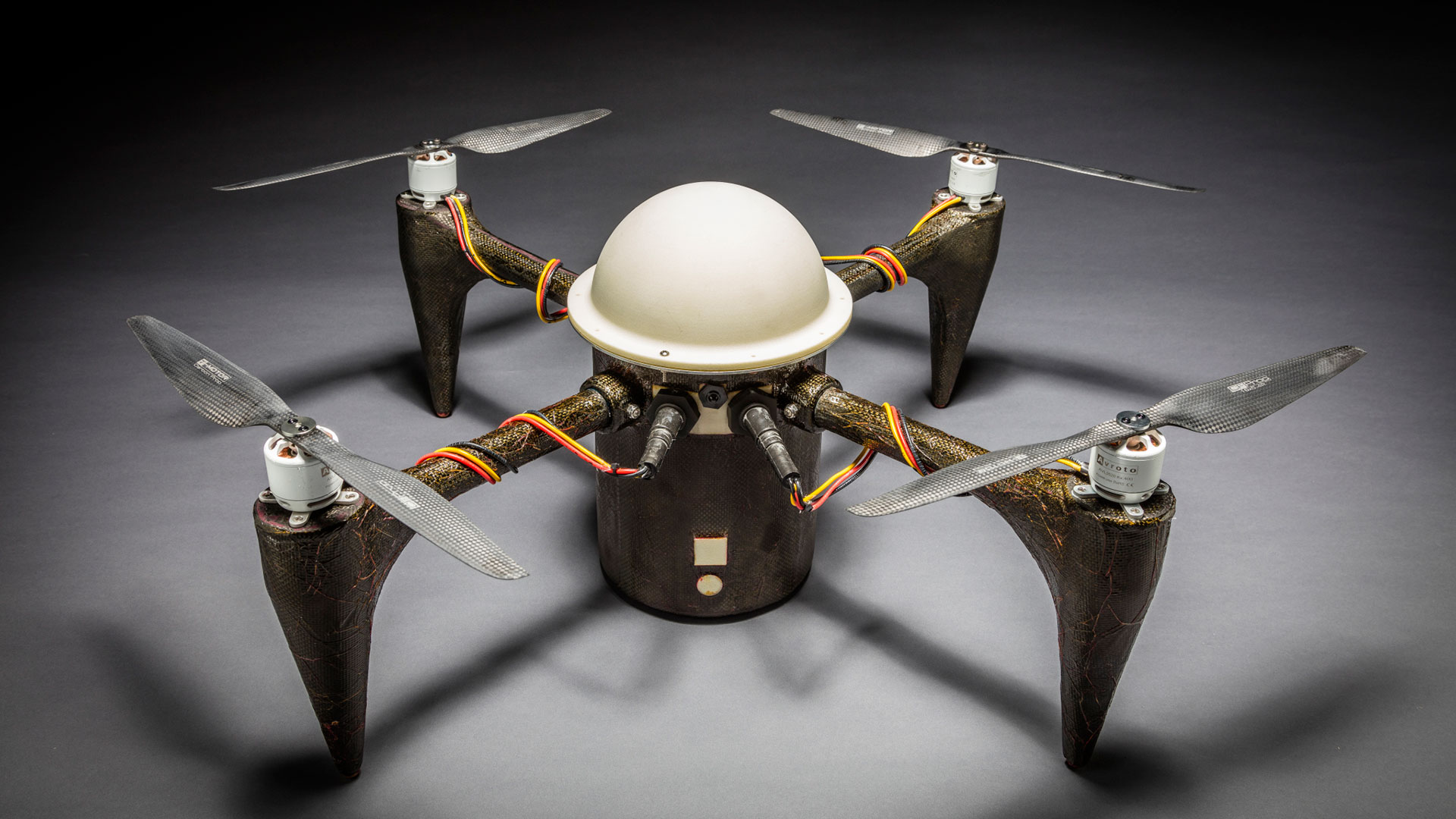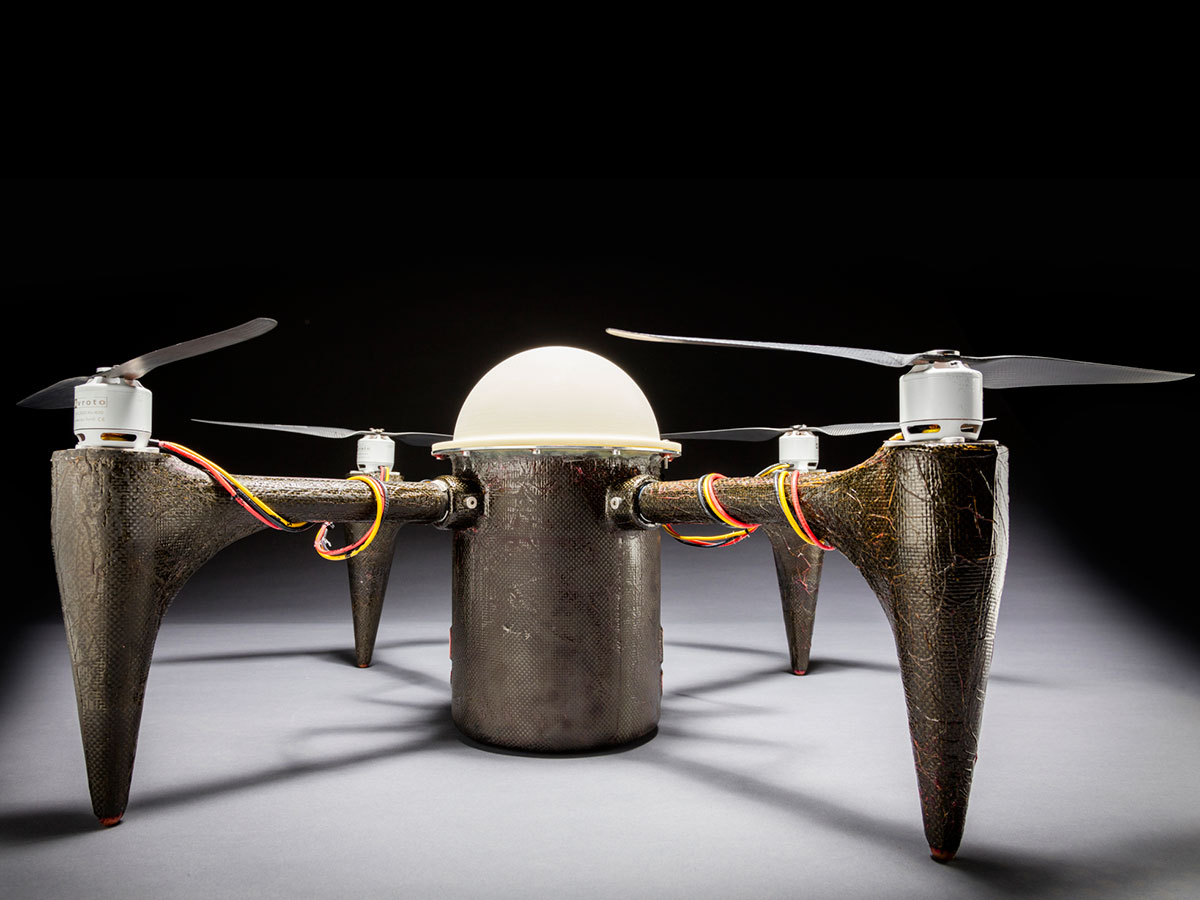

As if DARPA’s autonomous ships weren’t enough to keep you up at night, researchers at Johns Hopkins University’s Applied Physics Laboratory have some insidious new tech: A drone that can loiter hundreds of feet beneath the seas for months at a time—then burst through the surface and take to the skies.
The drone is called the Corrosion Resistant Aerial Covert Unmanned Nautical System, or “CRACUNS,” which must be said in a Liam Neeson voice. It’s designed to be launched from both stationary undersea locations and unmanned underwater vehicles. In order to withstand high pressure at significant undersea depths, Hopkins’ APL team constructed a lightweight composite body for the drone, using the lab’s “additive manufacturing” capabilities (read: 3-D printing). To keep corrosive salt water from turning the drone’s few metal parts into rusty gunk, engineers enclosed as many components as possible within the central hull, while using commercial protective coatings to salt-proof parts that couldn’t be enclosed, like the flight motors. It seems to have worked: Johns Hopkins claims the motors withstood two months of immersion in briny H20 during testing.

CRACUNS could simply be a thought exercise. But, given its very specific abilities, it seems more likely that Johns Hopkins whipped the quadcopter up for naval use. (Supporting that theory, Secretary of the Navy Ray Mabus showed it off during a speech in September of last year.) A drone that can carry a payload from the ocean into the air makes for a potentially method of, say, sneaking supplies to Navy SEALs behind enemy lines. Pedestrian uses are, of course, far more terrifying. Cue Jaws theme.
